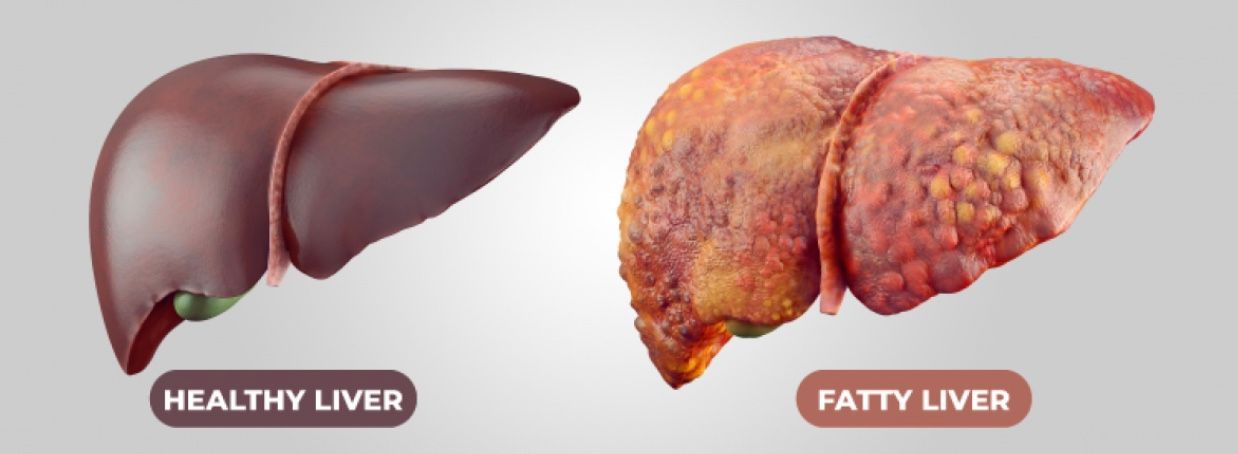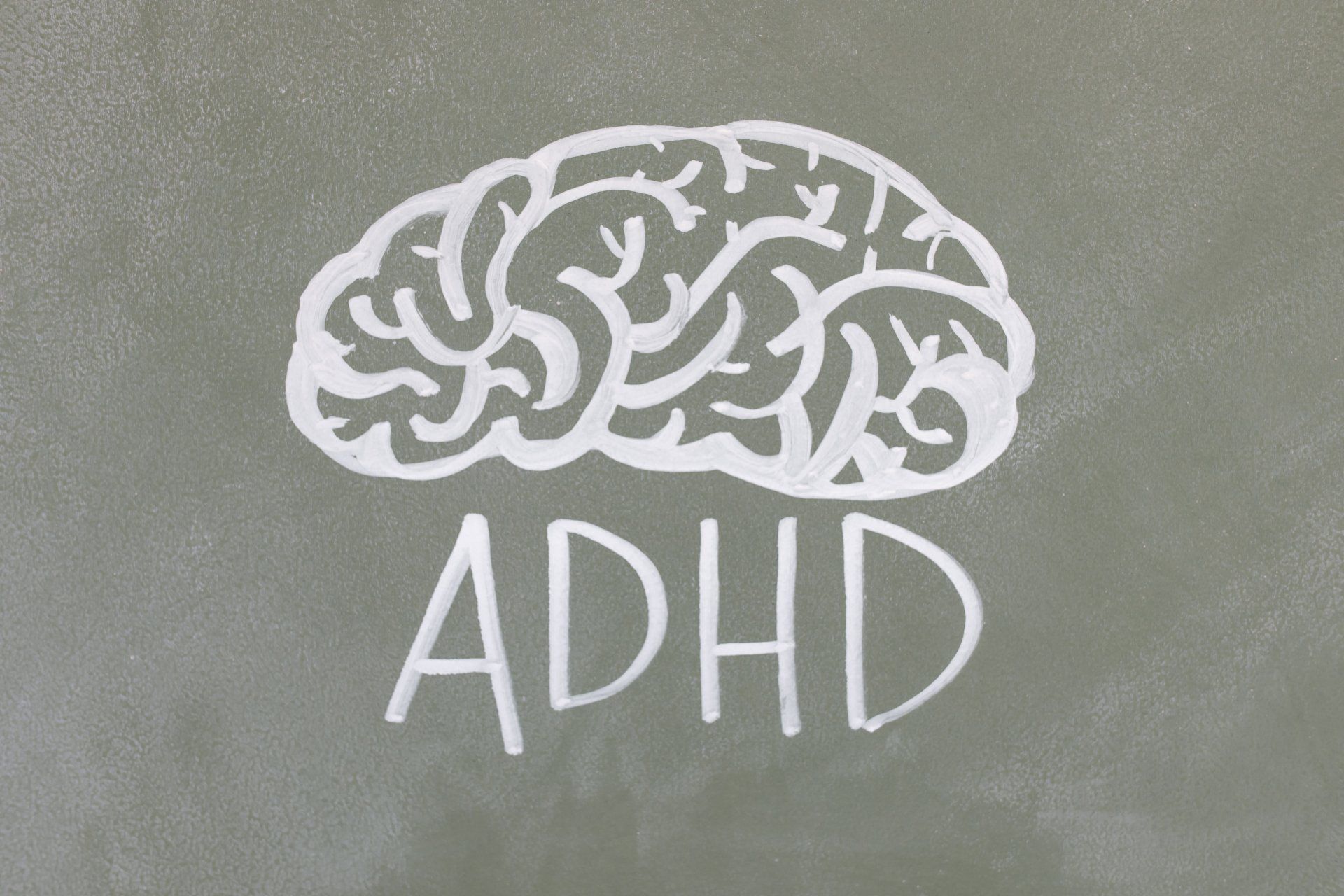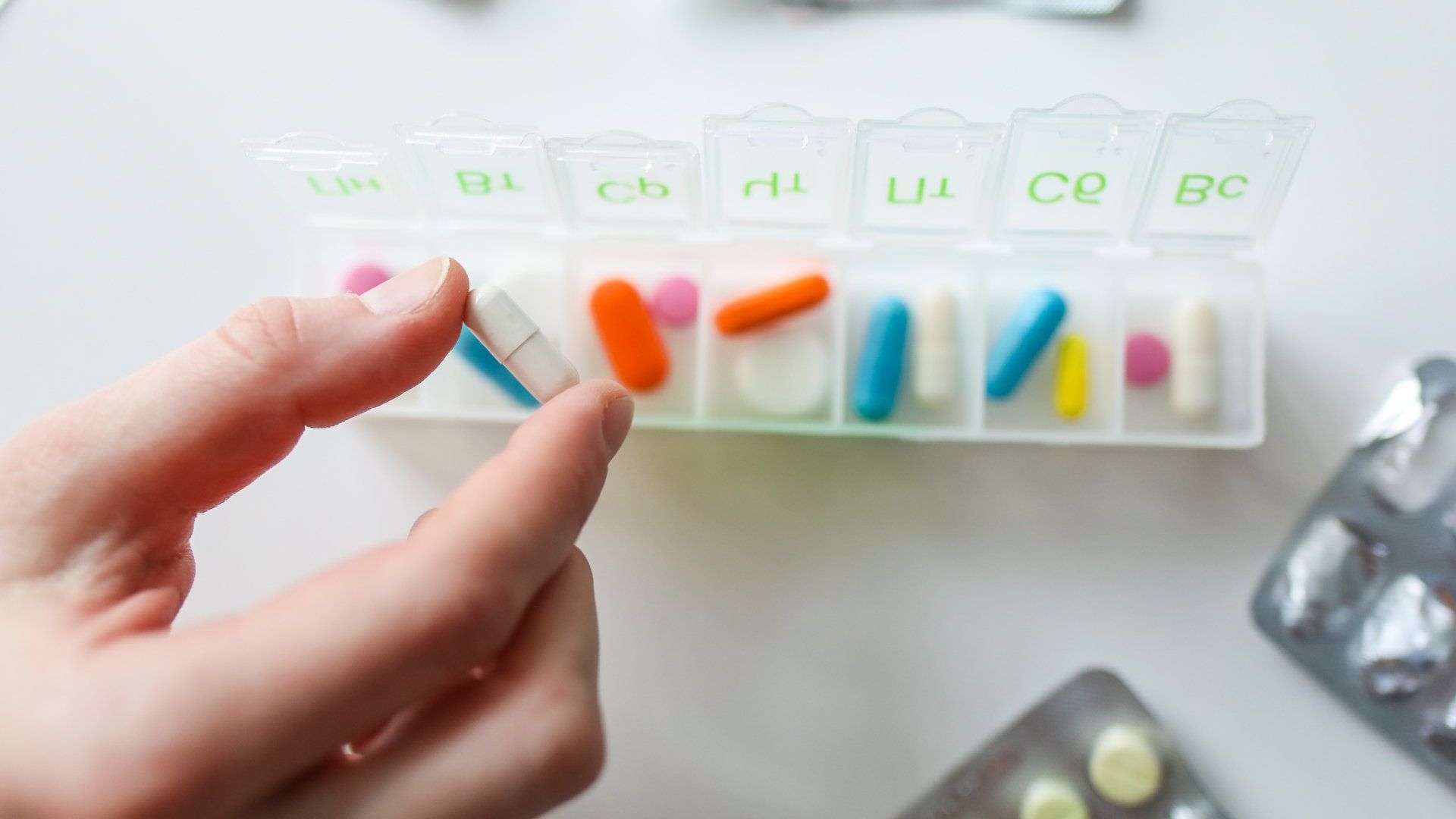Science-backed ways to slow down AGEs (advanced glycation end products)
What are AGEs?

You may have heard of AGEs before, but what exactly are they? AGEs, or advanced glycation end products, are a type of compound that forms when proteins or fats combine with sugars. These compounds are known to contribute to increased inflammation and oxidative stress and can damage tissues, contributing to the development of various chronic diseases.
AGEs, also known as glycotoxins, form when proteins and fats combine with sugars during cooking. These compounds can damage tissues and contribute to the development of chronic diseases. The body produces AGEs naturally, but they can also be produced through cooking methods like grilling, frying, and roasting. Processed foods also tend to be high in AGEs.
Exposure to AGEs has been linked to an increased risk of inflammation, oxidative stress, and cell damage. These effects can lead to the development of chronic diseases such as diabetes, cardiovascular disease, and Alzheimer's disease. AGEs can also AGE you! So if you want to know how to build healthy skin from the inside out keep reading!
How can you avoid AGEs?
While the formation of AGEs is part of normal metabolism, excessive amounts may be harmful. There are several ways you can avoid exposure to AGEs.
- Cook using moist methods, such as steaming or boiling, that don't involve high dry heat
- Limit your consumption of processed foods
- Use shorter cooking times
- Cook food gently using lower temperatures
- Include acidic ingredients, such as lemon juice and vinegar which inhibit the formation of AGEs
Modern diets are often high in processed foods that have higher levels of AGEs, so it's important to limit your intake of these foods. Some processed foods that are high in AGEs include:
- Hot dogs
- Bacon
- Sausages
- Chips
- Pizza
Carbohydrate-rich foods such as vegetables, fruits, whole grains, and milk tend to be lower in AGEs, even after cooking. Foods that are lower in AGEs include:
- whole-grain bread and pasta
- beans and legumes
- fruit
- non-dairy milks
There is evidence that maintaining a healthy gut microbiome may also contribute to lower levels of circulating AGEs. This is because gut bacteria have the ability to degrade AGEs during the digestive process. Consuming a diet rich in probiotic foods such as fermented foods [kimchi, sauerkraut, yogurt, kefir] and taking a probiotic supplement can support a healthy gut microbiome.
Oh yeah...check out my video on Facebook showing my first time making fermented cabbage - it was so good!
Lastly, consuming a diet rich in antioxidants and phytochemicals, which are antioxidants found in plants, also contribute to reducing cell damage caused by AGEs.
Lowering intake of AGEs
Human studies suggest that a low-AGE diet reduces oxidative stress and inflammation. These studies revealed increased insulin sensitivity, which can help maintain weight loss over time, as well as reduced markers of inflammation.
So what does a low-AGE diet look like? Here are two sample menus with some of our favorite meal plan recipes that utilize ways to reduce AGE levels:
Menu 1
Breakfast: Orange Cardamom Overnight Oats
Lunch: Kale and Sweet Potato Salad with Walnuts
Snack: Blueberries
Dinner: Whole-grain Pasta with Beans, Garlic, and Arugula served with Tofu
Menu 2
Breakfast: Chocolate Fudge Smoothie with Hemp Seeds
Lunch: Quinoa Tabbouleh
Snack: Raspberries
Dinner: African Peanut Stew with Sweet Potatoes and Spinach
Conclusion
Reducing your exposure to AGEs is a good way to support your overall health, have younger looking skin and reduce your risk of chronic disease. By making simple changes to the way you cook and eat, you can help protect your health in the long term by reducing the risk of cardiovascular disease, cancer, diabetes, and Alzheimer's disease.
"The current AGE database demonstrates that a significantly reduced intake of AGEs can be achieved by increasing the consumption of legumes, vegetables, fruits, and whole grains and by reducing intake of solid fats, fatty meats, full-fat dairy products, and highly processed foods."[PMC 2013]
This recommendation is consistent with those from the American Heart Association, American Institute for Cancer Research, and the American Diabetes Association so in following a diet lower in AGEs, you naturally reduce your risk for several chronic diseases.
Now that you know what advanced glycation end products are and strategies to reduce your exposure, you can use them to help manage impact of these compounds.
Need support to best implement these dietary and lifestyle habits into your life in the safest and most effective way? Book an appointment with me today to see how working with a lifestyle medicine physician can help you live your best life.












